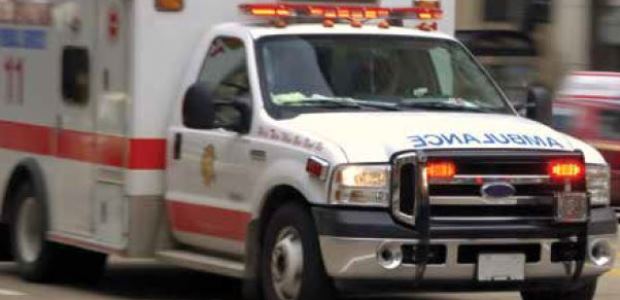
NIOSH Posts Fact Sheet on Preventing EMS Workers' Injuries
More than 22,500 EMS workers visited emergency departments each year for work-related injuries, it says, with sprains and strains accounting for the most frequently cited injuries. Most were injured while responding to a 911 call.
NIOSH has posted a fact sheet listing ways for employers to prevent injuries to emergency medical services workers. The fact sheet highlights results from a four-year study capturing data from EMS workers treated in emergency departments and provides recommendations for prevention, according to the agency.
It is titled "Emergency Medical Services Workers: How Employers Can Prevent Injuries and Exposures" and cites studies published in 2017 and 2013. The 2017 study data were collected from July 2010 through June 2014.
More than 22,500 EMS workers visited emergency departments each year for work-related injuries, it says, with sprains and strains accounting for the most frequently cited injuries. Most were injured while responding to a 911 call.
As for how the injuries occurred, the leading causes were body motion (awkward postures, repetitive motions, excessive physical effort), exposures to blood or other harmful substances, slips and falls, motor vehicle incidents, and violence assaults, which accounted for 2,000 injured workers per year, according to the fact sheet.
It recommends creating a work environment that supports exercise, healthy diet, and good sleep habits; promoting safe patient handling techniques; implementing a comprehensive exposure control plan; educating workers on slip and fall prevention; requiring seat belt use in ambulances, including in the patient compartment, and using other practices, such as prohibiting texting, use of handheld phones, and manual data input while driving; and establishing a program and setting policies to prevent workplace violence.